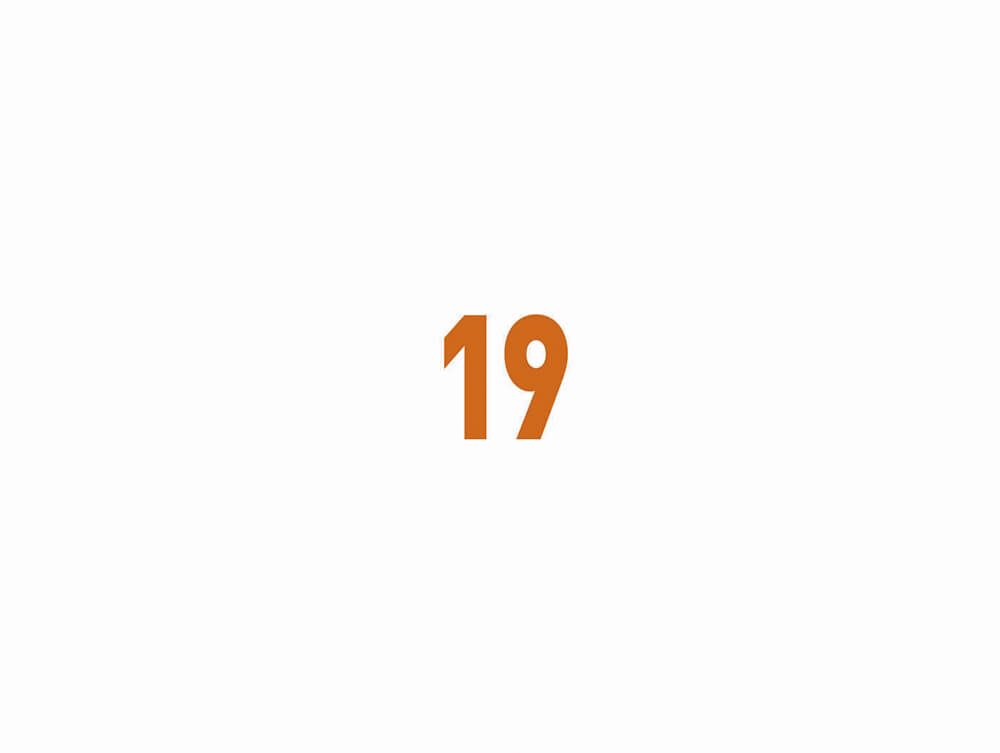
Hill 10, two kilometers south of Uqba ben Nafi
Colonel Asimov shouted and cursed and even kicked one sleepy Libyan trooper, trying to get his task force moving. The Libyan officers and non-coms did little to help. These black-asses are scared shitless from the shelling, he thought, and those shells were landing at least 1,500 meters away. Nonetheless, Asimov and his four junior officers had most of the vehicles running and the troops assembled and mounted in the vehicles and nearly ready to move. The camp would just be left; there wasn’t time to strike it.
Asimov gave his final instructions to the Libyan company and platoon commanders, who nodded without enthusiasm and returned to their units. Asimov surmised from their sullen expressions that if he and his Russian advisory team were not here, the whole force would soon be heading due south and wouldn’t stop until they reached the desert base at Gharyan, eighty kilometers away.
Asimov had command of the largest of the task forces Colonel Zharkov had established. He had three full companies of T-72 tanks, thirty in all, two platoons of BMPs equipped as scout vehicles, and a company of motorized infantry riding in open trucks and BTRs. His location, at the intersection of two tracks, one leading almost directly to the air base perimeter fence and the other leading toward Tripoli to the west, had been selected by Zharkov so that the force could attack any American force that landed directly on the base, or could interpose itself between the base and an airborne landing in the open country to the south.
The reports he had been getting from Russian officers on the base were confused and conflicting, but what was emerging was that a fairly large airborne landing was taking place on the airfield itself, and that he would have to get his task force onto the base as soon as possible to engage the Americans. He had to get into close contact before his task force was located in the open by American attack aircraft.
Asimov watched with something approaching satisfaction as two companies of tanks, a squad of three BMPs, and the infantry company moved off west, traveling on the track and through the barley stubble in the fields on either side of it. Rows of tall date palms lined the track and divided the fields, offering some concealment from aircraft. The southernmost column of tanks began making smoke, which drifted over the whole formation in the offshore breeze. Major Kirov rode in his command tank near the middle of the formation and reminded the Libyan commanders via the command net to keep the vehicles spread out at proper intervals.
Kirov was to move west, then attack from a broad front along the base of runway 03/21. His orders were to suppress American fire, prevent the Americans from evacuating their hostages, and then await instructions.
Asimov would command the second element, which, though smaller, would be more maneuverable without infantry. With one company of tanks and the second BMP platoon, Asimov would proceed along the northerly track, breaching the base perimeter near the eastern end of runway 11/29, then attack in a northwesterly direction, giving heavy suppressive supporting fire to Kirov’s tanks and infantry, should they need to advance. Even with the poor quality of the Libyan officers, the overwhelming superiority of Asimov’s task force should quickly overwhelm any force the Americans could possibly have parachuted in. The troops themselves were from the elite Jihad Regiment, and their fighting spirit, at least, was quite good.
Asimov climbed into the commander’s hatch and gave the signal to move out. The group, in spread formation, started north at twenty kilometers an hour. They would be in position to attack in six minutes. Asimov hoped that Major Gurevich and his reinforced tank company, coming in from the ruined golf course, wouldn’t finish the battle before Asimov could bring his power to bear.